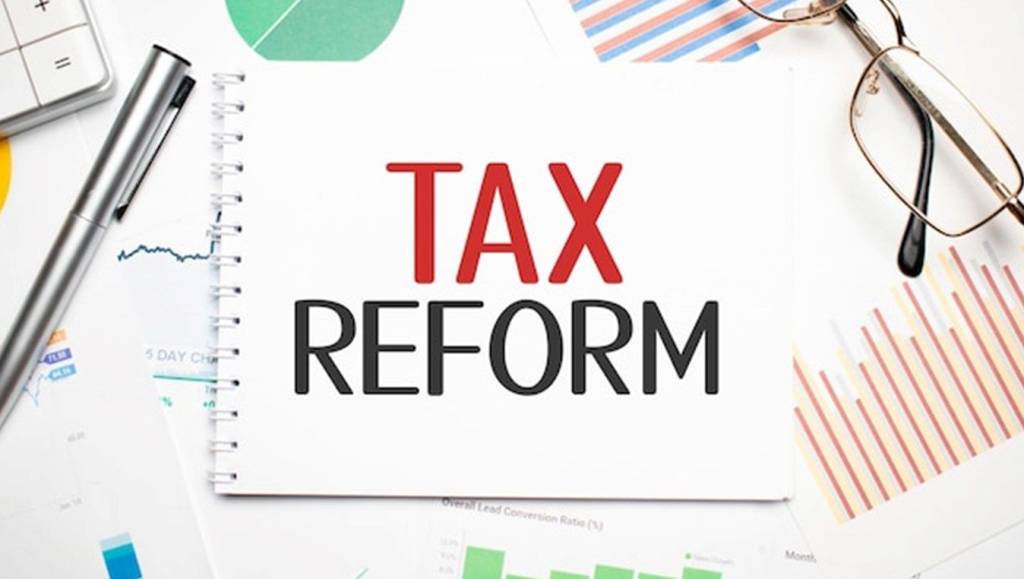Introduction
On March 17, 2023, an Act to alter certain provisions of the 1999 Constitution of the Federal Republic of Nigeria (the “1999 Constitution”), to allow constituent states within the Nigerian federation (the “States”) to generate, transmit, and distribute electricity in areas covered by the national grid and for related matters (the “NESI Constitutional Amendment”) came into force, following the assent, to the said Act, by His Excellency, President Muhammadu Buhari GCFR. Specifically, Paragraph 14(b) of the Concurrent Legislative List detailed in Part II of the Second Schedule to the 1999 Constitution was amended by the deletion therefrom of the phrase “not covered by a national grid system”. In essence, the NESI Constitutional Amendment now confers the States with (i) powers to generally make laws regarding the generation, transmission and distribution of electricity, within their respective States; (ii) the latitude to regulate the generation, transmission and distribution of electricity within their respective States.
Although the changes engendered by the NESI Constitutional Amendment can be commended, considering the (a) enormous opportunities same portends for the NESI, and (b) seemingly welcome clarity it provides on the age-old debate on the “battery limits” between the States and the Federal Government regarding matters relating to and/or connected with electricity; a well-considered and holistic review of the NESI Constitutional Amendment, together with other provisions of the Second Schedule to the 1999 Constitution, reveals that the NESI Constitutional Amendment introduces new complexities that could impact the extent, to which the States can actually exercise the powers which are now preserved and guaranteed by the 1999 Constitution, (as amended by the NESI Constitutional Amendment).
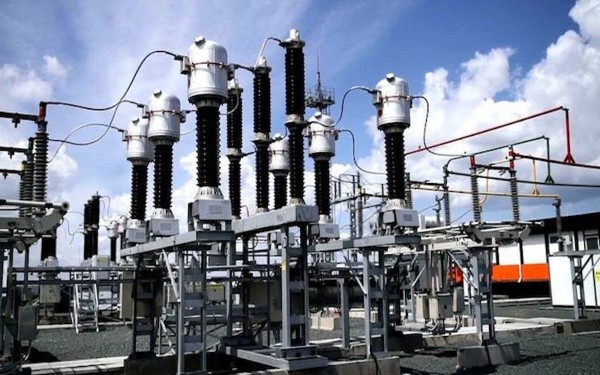
Against the backdrop of the NESI Constitutional Amendment, this article carefully analyzes the scope of the legislative powers of the State and Federal Government as it relates to the NESI.
What Impact will this NESI Constitutional Amendment have on the NESI?
Given the constitutional questions and possible controversies that may arise, from the amendment of the 1999 Constitution as it relates to the legislative powers regarding electricity, the overall impact of the NESI Constitutional Amendment on the NESI will need to be carefully x-rayed in order to decipher its legal and commercial implications. Certainly, the NESI Constitutional Amendment could potentially influence existing investments in the NESI, spur new investments in the sector, whilst creating more complications for industry players.
Old Wine In New Skins?
Historically, the 1979 Constitution of the Federal Republic of Nigeria, (the “1979 Constitution”), granted the States powers to make laws regulating the generation, transmission and distribution of electricity within their States, without any restrictions; as Paragraph 14(b) of Part II of the Second Schedule to the 1979 Constitution expressly provides that “a House of Assembly may make laws for the State with respect to….the generation, transmission and distribution of electricity within that State”.
However, despite this clear power granted to the States under the 1979 Constitution, it would appear that the States failed, neglected and/or refused to avail themselves of this power, and the laws relating to generation, transmission and distribution of electricity have always been domiciled in the Federal Government; moreso as, prior to the reform of the NESI, all the electricity related activities were vested in a vertically integrated power utility (the defunct National Electric Power Authority (“NEPA”)). Notably, Section 2(2)(b) of the Constitution (Suspension and Modification) Decree 1984 expressly barred the Military Governors of States from making laws with respect to any matter in the Concurrent Legislative List relating to Federal Legislative Powers set out in the second column of Part II of the Second Schedule to the Constitution. Indeed, the foregoing may explain why between 1984 and 1999 (when the 1999 Constitution introduced the “national grid restriction”), (a) the States didn’t take any steps to make laws pertaining to electricity within their States, even though the power to make these laws, were preserved under the 1979 Constitution; and (b) NEPA remained a monopoly even with the subsistence of the 1979 Constitution.
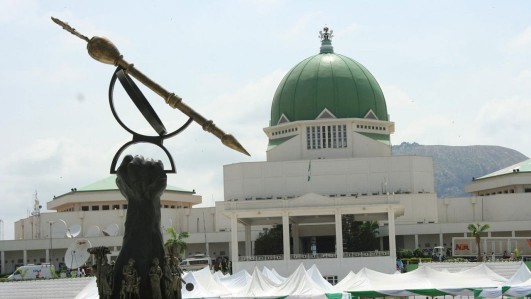
Interestingly, whilst the 1999 Constitution, retained the power of States to regulate the generation, transmission and distribution of electricity, it also introduced a significant limitation to this power by expressly restricting the exercise of the State’s powers with respect to the generation, transmission and distribution of electricity to only “areas not covered by a national grid system” within that State. The import of the inclusion of this highlighted wording in the 1999 Constitution, was to constrain the exercise, by the States of the said powers, to only those parts of the States, not covered by the national grid, while the Federal Government ostensibly could legislate for all areas covered by the national grid.
As was the case under the 1979 Constitution, the National Assembly was vested with similar powers to make laws with respect to electricity, under the 1999 Constitution. However, it is enlightening to note that whilst the National Assembly was entitled to make laws for the Federation or any part thereof with respect to “…..(a) electricity and the establishment of electric power stations; (b) the generation and transmission of electricity in or to any part of the Federation and from one State to another State…”, neither the 1979 Constitution nor the 1999 Constitution vested unequivocal powers on the National Assembly to make laws relating to the “distribution” of electricity as a distinct activity. Indeed, it can be argued that the exclusion of “distribution” of electricity from the powers of the National Assembly, could not be inadvertent as there have been successive amendments to this Schedule and no attempts have been made to expressly include distribution of electricity as an activity in respect of which the National Assembly should have legislative powers.
Undoubtedly, the law regulating the NESI has reverted to the pre-1999 position as preserved under the 1979 Constitution, as the NESI Constitutional Amendment, which expunged the words “not covered by a national grid system”, re-grants the States, unfettered rights to legislate on the generation, transmission, and distribution of electricity in all areas within their States, whether or not such areas are covered by the national grid.
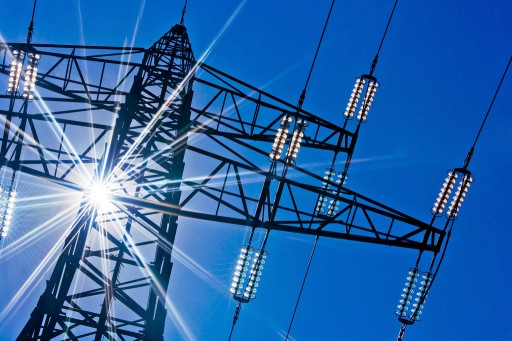
The Doctrine Of “Covering The Field” and Potential Conflicts
It is trite that by virtue of its inclusion in the Concurrent Legislative List, the National Assembly and State Houses of Assembly have concurrent powers to legislate on matters relating to the generation and transmission of electricity within a State. In this regard, the doctrine of covering the field which has been espoused by the Supreme Court is instructive.
Simply, the doctrine of “covering the field” provides that where the National Assembly and House of Assembly of a State legislate on any matter detailed in the Concurrent Legislative List and there is a conflict or an inconsistency between a law passed by the National Assembly and that passed by a State House of Assembly, the law passed by the National Assembly will prevail. Consequently, the law passed by the State House of Assembly on the same matter, would be void to the extent of its inconsistency with the law passed by the National Assembly.
However, in light of the exclusion of the word “distribution”[1] from Paragraph13(b) of Part II of the Second Schedule to the 1999 Constitution (as amended), it begs the question whether:
- both the National Assembly and State Houses of Assembly have concurrent jurisdiction to legislate on matters relating to the distribution of electricity; or
- the National Assembly’s powers on matters related to electricity are limited to generation and transmission alone as explicitly mentioned in the Constitution.
In order to exhaustively determine the full impact of the NESI Constitutional Amendment on the distribution of electricity, it could be argued when applying the literal interpretation of statutes, that, by virtue of Paragraph 13(a) of Part II of the Second Schedule to the 1999 Constitution (as amended), which provides that the “National Assembly may make laws for the Federation or any part thereof with respect to electricity”; the National Assembly has the power to legislate on the entirety of the electricity value chain, which includes generation, transmission and distribution.
Nevertheless, applying the expressio unius est exclusio alterius rule (“Expressio Unius Rule”) of interpretation of statutes, another school of thought could posit that to the extent that the word “distribution” was not expressly listed in Paragraph13(b) of Part II of the Second Schedule to the 1999 Constitution; and premised on the express and specific mention of generation and transmission only, in the said paragraph, the powers of the National Assembly to make laws relating to “distribution” could be challenged. Indeed, the Expressio Unius Rule conceives that the express mention of one thing, excludes the others (not mentioned); and this position is further strengthened by the rule of interpretation which prescribes that the specific provisions of a statute will override the general (“Exclusion Rule”). Consequently, premised on the foregoing, the specific provision of Paragraph 13(b) will be deemed as overriding the general provision in Paragraph 13(a) of Part II of the Second Schedule to the 1999 Constitution.

Furthermore, the combined application of the Purposive, (which seeks to decipher the purpose of a legislation), the Exclusion and the Expressio Unius Rules of Interpretation of statutes, gives credence to the assertion that the exclusion of “distribution of electricity” from the ambit of the National Assembly and the restriction of same to the States aligns with the very intention of the drafters of the 1999 Constitution, which appears to give the States powers to legislate over municipal matters. This position above is decidedly distinctive, when compared with the provisions of Paragraph 14(b) of Part II of the Second Schedule to the 1999 Constitution (as amended), which in relation to State Houses of Assembly, provides the powers to the States to carry out “generation, transmission and distribution of electricity”.
Premised on the foregoing, a conclusion that could be reached is that the Houses of Assembly of the State are solely empowered to legislate with respect to the “distribution of electricity” to the exclusion of the National Assembly. Where this position is accepted, it would imply that the current reality in which electricity distribution companies are licensed and regulated by the Nigerian Electricity Regulatory Commission (“NERC”), pursuant to an act of the National Assembly could be challenged, as the National Assembly may lack the powers to legislate on the activity of distribution as a subset of the electricity value chain.
Notwithstanding the above, it may be instructive to consider the provisions in Paragraph 13(f) of Part II of the Second Schedule to the 1999 Constitution which provides that the National Assembly may make laws for the Federation or any part thereof with respect to: “the regulation of the right of any person or authority to use, work or operate any plant, apparatus, equipment or work designed for the supply or use of electrical energy”. Arguably, the language in Paragraph 13(f) of Part II of the Second Schedule to the 1999 Constitution could be adjudged to be broad enough to include the “distribution of electricity” within any interpretation given to “the supply of electricity”, as used therein. Also, a combined reading of the unqualified use of the word “electricity” in Paragraph 13(a) and the language in Paragraph 13(f) of Part II of the Second Schedule to the 1999 Constitution, could be deemed as (a) curing the mischief created by the lacuna “inadvertently” created between Paragraphs 13(a) and 13(b) of Part II of the Second Schedule to the 1999 Constitution (as amended), and (b) providing the basis for legitimizing and indeed, validating the distribution licences issued by NERC under the Electric Power Sector Reform Act, 2005 (“EPSRA”).
The Positive and Negative Morphing Elements of the NESI Constitutional Amendment
Increase In Generation Capacity/Proliferation Of Generation Sources: In the light of the NESI Constitutional Amendment, the States will be incentivized to engage in mega electricity generation projects within their States, including issuing generation licences to persons within the States. It is also expected that there would be a rise in electricity generation from renewable sources depending on the location of the States, which would be useful to diversifying Nigeria’s energy mix.
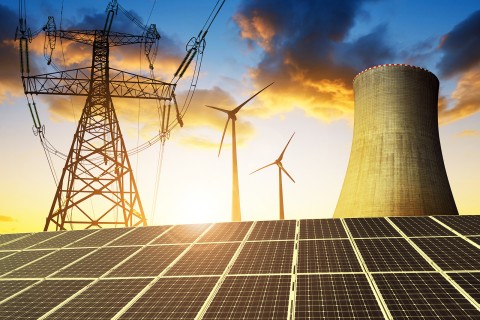
Rise Of The State-Owned Transmission Infrastructure: An anticipated outcome of this NESI Constitutional Amendment is the definite rise in state-owned or regional grid system to evacuate and supply the power generated within the States. This NESI Constitutional Amendment clearly signals to the States, the need to invest in and develop their own transmission network and remove their States from the epileptic and inadequate national grid. There is no gainsaying that establishing state-owned grids may increase competition in the NESI. In addition, state owned grids would reduce the pressure on the National grid which may enable it to perform more optimally.
Increased Competition: The NESI Constitutional Amendment, may actually introduce the much-needed competition in the NESI, as electricity consumers would now have their pick of service providers, which would further entrench competition and break the thinly veiled monopoly of the distribution licensees. Additionally, the possibility of competition will also accrue other advantages such as enabling the distribution companies charge cost-reflective tariffs for their services. In addition, this NESI Constitutional Amendment may be the long-awaited catalyst for moving the NESI to a purely contract based market, governed solely by the forces of demand and supply, which may ultimately be more attractive to investors.
Potential For Voidability Of The Distribution Licences Issued By NERC To The Electricity Distribution Companies (“DisCos”): Depending on the rule of statutory interpretation that is adopted, there is the potential for the States to insist that the National Assembly lacks the powers to legislate on “distribution” of electricity. To this end, the States may request that any legislation of the National Assembly regulating the distribution of electricity be regarded as null and void for being ultra vires the powers of the National Assembly. If this argument succeeds, then all distribution licences hitherto issued by NERC may be deemed as not been validly issued, and this will create clear challenges for investors in the distribution companies, who most likely, made the requisite investments on the strength of the validly issued and subsisting distribution licences. Additionally, the potential invalidity of the distribution licences may have a cascading effect on the industry agreements executed by the distribution companies.
Multiple Licensing Regimes: Pursuant to the NESI Constitutional Amendment, operators in the NESI may be required to be licensed at both the Federal and State levels, including multiple licensing for operators whose activities span more than one (1) State, leading to excess regulatory requirements that may negatively impact the ease of doing business. Indeed, where an operator has activities spanning several states which require multiple regulatory requirements, the doctrine of “covering the field” will not apply to conflicting positions of different States, and this creates a grey area with no clarity on how such conflicts will be resolved. Indeed, the risk of overregulation and/or conflicts in regulatory requirements will be significantly heightened. In our considered view, multiple levels of licensing and regulation at both Federal and State levels may be a disincentive to existing and potential electricity licence holders to continue operations or undertake new investments relating to these operations. Indeed, operators and potential investors may view this new multi-layered regulatory regime as disincentivizing for new and/or additional investments which is required to boost the NESI.
The Position Of Franchisees: Currently, distribution licences are issued on a “catchment area” basis. This essentially means that the relevant distribution licence was issued to cover a particular area which could span multiple States, in some instances. What this Amendment presages for the current distribution licensees is that the franchise areas are now open to potential competitors, as States now have the powers to parcel out portions of the State for which new distribution licensees can be issued. In other words, the sanctity or sacrosanct nature of the franchise area as preserved by the distribution licence issued by NERC, may be eroded and this could negatively impact the revenue projections of electricity distribution companies.
Potential Tariff Hike: Given the ever-present push for cost-reflective tariffs, the NESI Constitutional Amendment, provides a solid platform for States to effectively engender market-driven tariffs or regulated tariffs that permit periodic reviews that sufficiently accommodate and adjust for inflation and exchange rate fluctuation which remain the bane of businesses in Nigeria. In addition, States that elect not to transmit their generated electricity through the national grid, run the risk of being unable to access cheaper sources of electricity, resulting from a dearth of available resources to generate cheap electricity within the affected State, which will ultimately cause a tariff hike to the end-user.
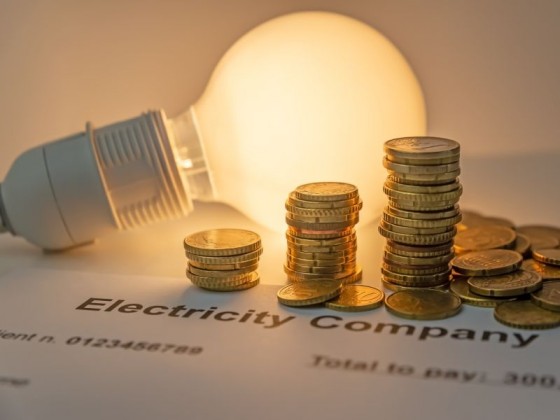
Conclusion
The changes introduced by the NESI Constitutional Amendment are a welcome development, as it may just be the much-needed stimulus to set Nigeria on the path of full decentralization and liberalization of the Nigerian electricity market. In addition, the NESI Constitutional Amendment also has the effect of galvanizing the States, (who stand on the cusp of unleashing unbridled development and progress in their respective States) to ensure and assure that their State Houses of Assembly pass laws that: (i) attract the requisite investments; (ii) encourage investor confidence; (iii) improve liquidity in the sector; and (iv) fully maximize the potential, underpinned by this NESI Constitutional Amendment.
Indubitably, the many grey areas exposed by this NESI Constitutional Amendment will be the subject of many debates which may end up being resolved by the Courts. Regardless, it is recommended that NERC and the States adopt a collaborative approach in designing a licensing and regulatory regime for the electricity sector that aligns with the overarching spirit of liberalizing and further reforming the NESI in order to assure the expected benefits of the NESI Constitutional Amendment are actualized and maximized.
[1] According to paragraph 15, part II of the second schedule to the 1999 Constitution, “distribution” is defined to mean the supply of electricity from a sub-station to the ultimate consumer.







